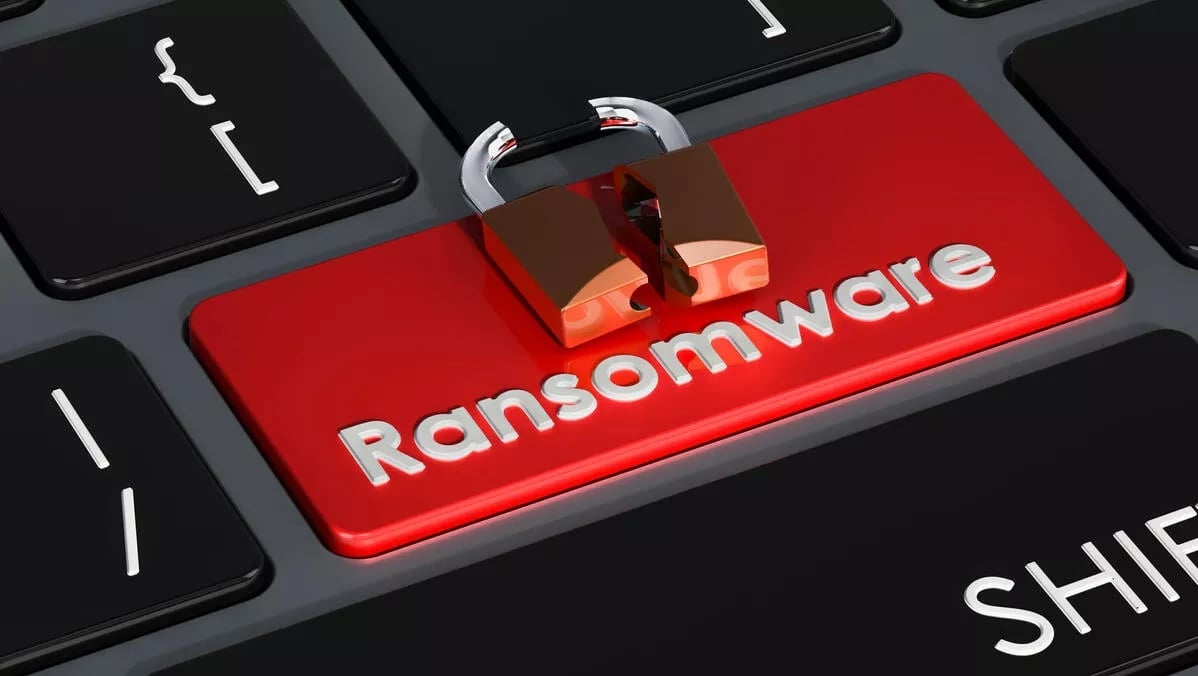
New Money Message Ransomware Demands Payment or Threatens Total Data Loss
Ransomware groups have been observed to be rapidly multiplying on the threat landscape, reminiscent of the sudden growth of mushrooms after rainfall. Among the recent additions to the already vast pool of ransomware groups is the Money Message group, which has been found to demand million-dollar ransoms from their victims in exchange for a decryptor.
An embedded JSON configuration file within the Money Message encryptor written in C++ dictates the encryption process for a device.
The JSON configuration file is an essential component of the C++-based Money Message encryptor, as it defines the encryption process. The file determines critical parameters such as the specific folders that should not be encrypted.
The extension to be appended, and the services and processes that need to be terminated. Moreover, the configuration file includes an option to enable or disable logging during the encryption process.
The Money Message ransomware’s configuration file containing domain login names and passwords is a significant concern, as the attackers could exploit the stolen credentials to access other systems and inflict more harm. This highlights the serious implications of ransomware attacks.
The encryption process employed by the Money Message ransomware does not append any extension while encrypting files, though this behavior may be subject to variation depending on the targeted victim. According to Rivitna, a security researcher, the encryption technique utilized by the ransomware is ChaCha20/ECDH.
Upon completion of the encryption process, the Money Message ransomware creates a ransom note in the form of a file named money_message.log. This file includes a hyperlink that leads the victim to a TOR negotiation site, which is utilized for conducting negotiations with the attackers.
In addition to the ransom demand, the ransomware operators issue a warning that they will publish any stolen data on their data leak site if the victim fails to pay the demanded ransom.
Despite the lack of sophistication in the encryptor employed by the group, their attacks have proven to be successful in stealing data and encrypting devices. As experts continue to analyze the ransomware, any potential weakness in the encryption will be identified.

 Previous Story
Previous Story

 Latest articles
Latest articles 

Leave a Comment
Cancel